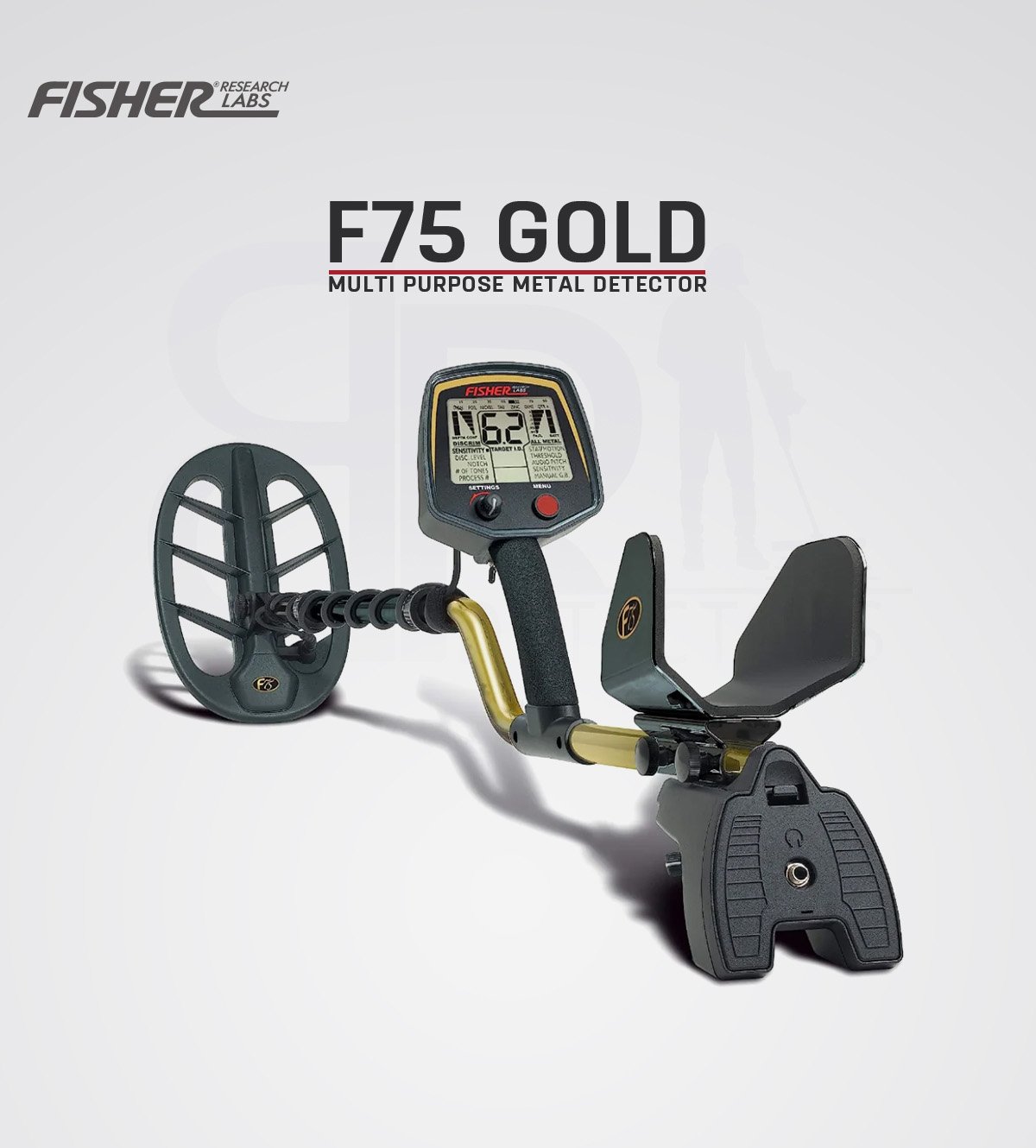When it comes to gold prospecting, the accuracy of your detector can make the difference between uncovering a valuable nugget and walking past it unnoticed. Very Low Frequency (VLF) gold detectors have long been favored by beginners and seasoned treasure hunters alike because of their affordability, light weight, and ease of use. But the big question many ask is: how accurate is a VLF gold detector when compared to other technologies like Pulse Induction (PI)?
In this article, I’ll break down how VLF technology works, its strengths and limitations in gold detection, and what you should consider before heading out on your next adventure with one. Along the way, I’ll also highlight some trusted tools like a metal detector and pinpointer combo that can make a huge difference when searching for small targets.
Understanding VLF Technology
VLF stands for Very Low Frequency. These detectors operate by transmitting one continuous frequency into the ground, then analyzing how that frequency interacts with metal objects. In gold prospecting, the goal is to distinguish tiny nuggets or flakes from other metals like iron, aluminum, or even mineralized soil.
The accuracy of a VLF detector largely depends on two factors: the operating frequency and the ground balance. Gold is best detected at higher frequencies, often above 15 kHz, because these are more sensitive to smaller targets. Many VLF detectors designed for gold prospecting operate at 18–71 kHz, giving users a fine-tuned advantage when hunting for small pieces.
Strengths of VLF Gold Detectors
VLF detectors have several advantages that make them accurate in the right conditions. For one, they excel in areas with minimal mineralization, where soil interference is low. Their discrimination settings also allow prospectors to filter out junk targets, which improves search efficiency.
For beginners, VLF gold detectors are often the first choice because they are lightweight, easy to set up, and relatively affordable. A strong VLF model can be extremely accurate at detecting shallow gold nuggets and flakes, especially when paired with the right search coil.
The Role of Ground Mineralization
One of the biggest challenges for VLF gold detectors is highly mineralized ground, such as the red soils often found in gold-rich regions. Mineralization can cause false signals or reduce detection depth, making it harder for the detector to identify gold accurately.
This doesn’t mean a VLF is useless in such conditions—it just requires careful ground balancing and, in some cases, smaller search coils to improve sensitivity. For those who frequently hunt in heavily mineralized ground, Pulse Induction technology may perform better. However, for moderately mineralized areas, a VLF detector remains very accurate.
How to Improve Accuracy in the Field
Accuracy with a VLF gold detector doesn’t come from the machine alone—it also depends on your technique and supporting tools. Using a metal detector and pinpointer together can help you locate targets more precisely, minimizing time spent digging unnecessary holes. Pinpointers are especially helpful when dealing with tiny flakes of gold that can easily slip through your fingers in sandy soil.
Another tip is to learn how to interpret the detector’s audio signals and visual target IDs. Gold often produces faint, repeatable signals that differ from trash metals. Experienced users develop an ear for these subtle differences, which greatly improves accuracy.
Fisher 75 Gold: A Reliable Option
Among VLF detectors, the Fisher 75 Gold stands out as a proven and reliable choice for gold hunters. Operating at a frequency designed for sensitivity to small gold, it balances user-friendly controls with professional-level performance.
The Fisher 75 Gold is known for its ability to work effectively in moderate mineralization, its lightweight design for long hunts, and its accurate discrimination features. For prospectors seeking a dependable detector that can deliver accurate results without the hefty price tag of high-end PI machines, it’s an excellent investment.
Real-World Accuracy
From my experience and from talking to fellow detectorists, a well-calibrated VLF gold detector can be impressively accurate in the right conditions. It may not always match the raw depth penetration of a PI detector, but for surface-level nuggets and smaller gold pieces, it’s more than capable.
For example, in areas with lighter soils, VLF detectors can pick up gold flakes no bigger than a few millimeters. Combined with a quality pinpointer, these machines can turn a casual trip into a rewarding treasure hunt. Many prospectors also appreciate the lighter weight of VLF machines, which allows them to hunt longer without fatigue.
When to Choose a VLF Gold Detector
If you’re prospecting in areas with light to moderate mineralization, want precise discrimination between metals, and prefer a detector that is affordable and easy to use, a VLF is a great option. However, if you’re searching in highly mineralized ground where depth is critical, you may eventually want to upgrade to a PI detector.
The real accuracy of a VLF comes from knowing how to use it properly. Taking time to practice with your detector, learn its signals, and use complementary tools like pinpointers will always deliver better results.
Conclusion
So, how accurate is a VLF gold detector? The short answer is: very accurate for small to medium gold pieces in the right conditions. While not flawless in every environment, a VLF like the Fisher 75 Gold, paired with good field technique and supporting tools, offers a dependable and rewarding experience for gold prospectors.
If you’re serious about finding gold without breaking the bank, starting with a quality VLF detector is one of the best choices you can make.




